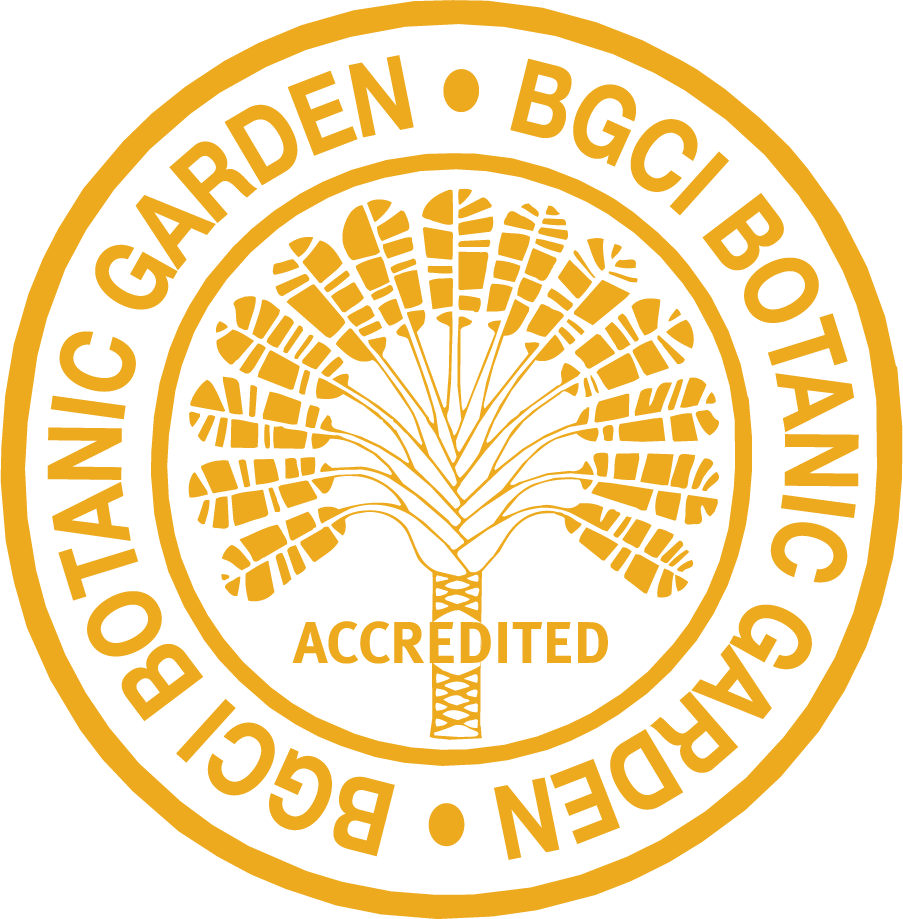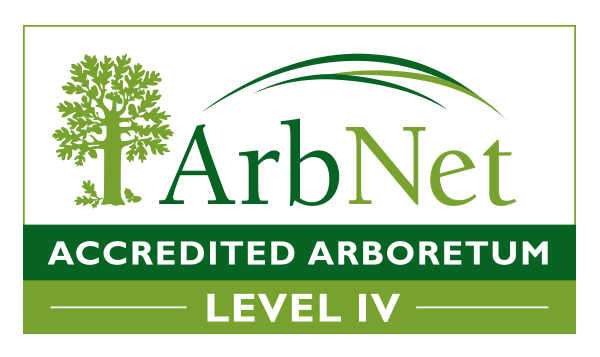This rare native Hackberry was once thought to be a variety of the more common American Hackberry, but is now readily distinguished by its small, orangish fruit and thick, leathery leaves. The Dwarf Hackberry fruits are eaten by many small mammals and birds in the fall. This uncommon species is considered threatened in Ontario and is protected by the Ontario Endangered Species Act. Dwarf Hackberry like sandy, open dunes or plains and readily establish on disturbed sites, where they are eventually shaded out by encroaching forests. Because it can so readily withstand drought, this small tree is associated with other rare drought-resistant plants and plays host to many uncommon insect species.
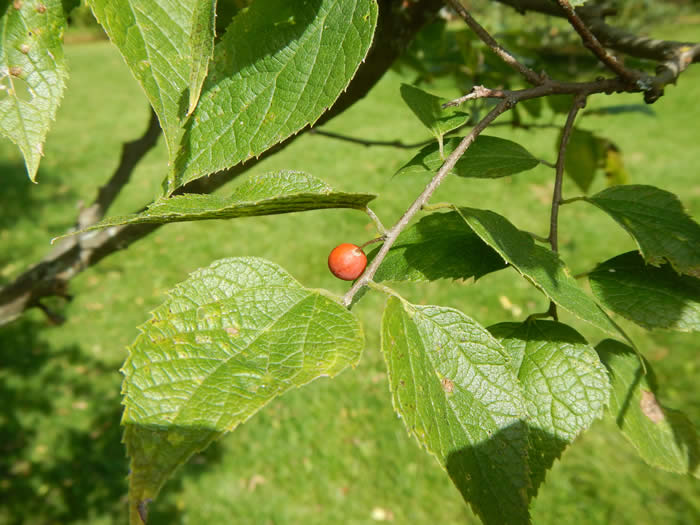
The small, orange berries help distinguish the Dwarf Hackberry from the bluish berries of its relative, the American (Common) Hackberry. Photo by Chris Earley.
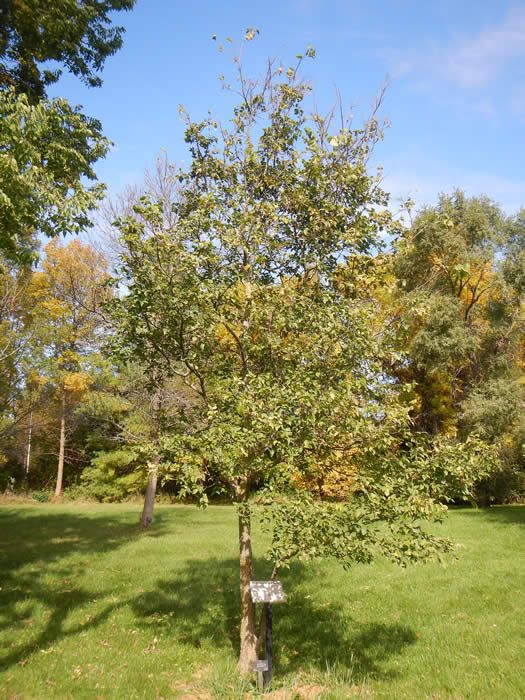
The Dwarf Hackberry can grow up to 10 m but usually ranges from 1-4 m in height. The bark is light grey and increases in rigidity with age. Photo by Chris Earley.
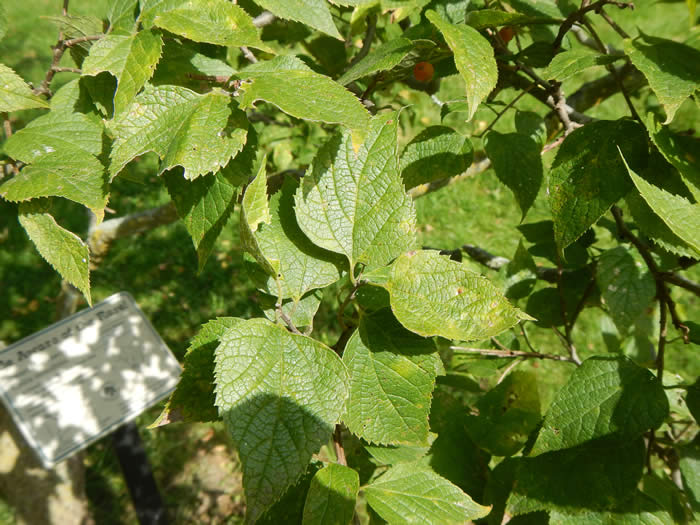
The leaves of the Dwarf Hackberry also help distinguish it from similar species due to its thick, broad leaves that are more symmetrical in shape. Photo by Chris Earley.
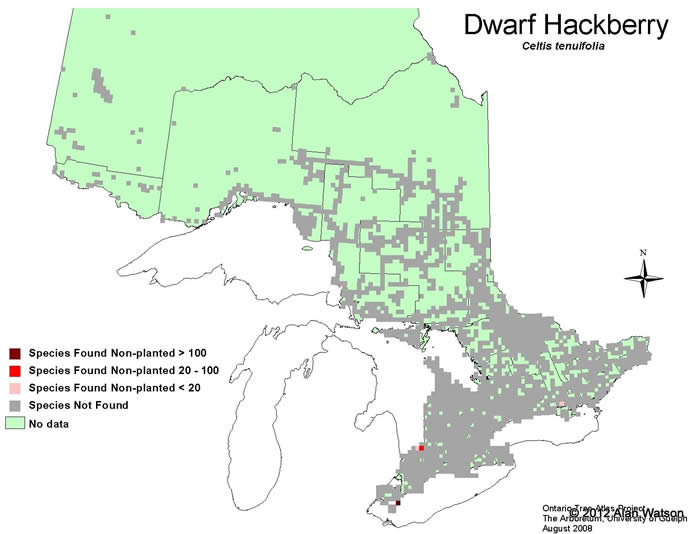
Ontario Tree Atlas map of non-planted Dwarf Hackberry. 1995-1999.
Return to tree listing page [1]
References
Farrar, J.L.. 1995. Trees in Canada. Fitzhenry & Whiteside Ltd. Toronto. ON. 504 pp.
Kershaw, L. 2001. Trees in Ontario: Including tall shrubs. Lone Pine Publishing. Edmonton. AB. 240 pp
Muma, W. 2011. Ontario Trees and Shrubs. [Online] Available: www.ontariotrees.com
OMNR, 2011. Ontario Ministry of Natural Resources: Ontario Tree Atlas. [Online] Available: http://www.mnr.gov.on.ca/en/Business/ClimateChange/2ColumnSubPage/267027.html
OMNR, 2008. Ontario’s Biodiversity: Species at Risk.
